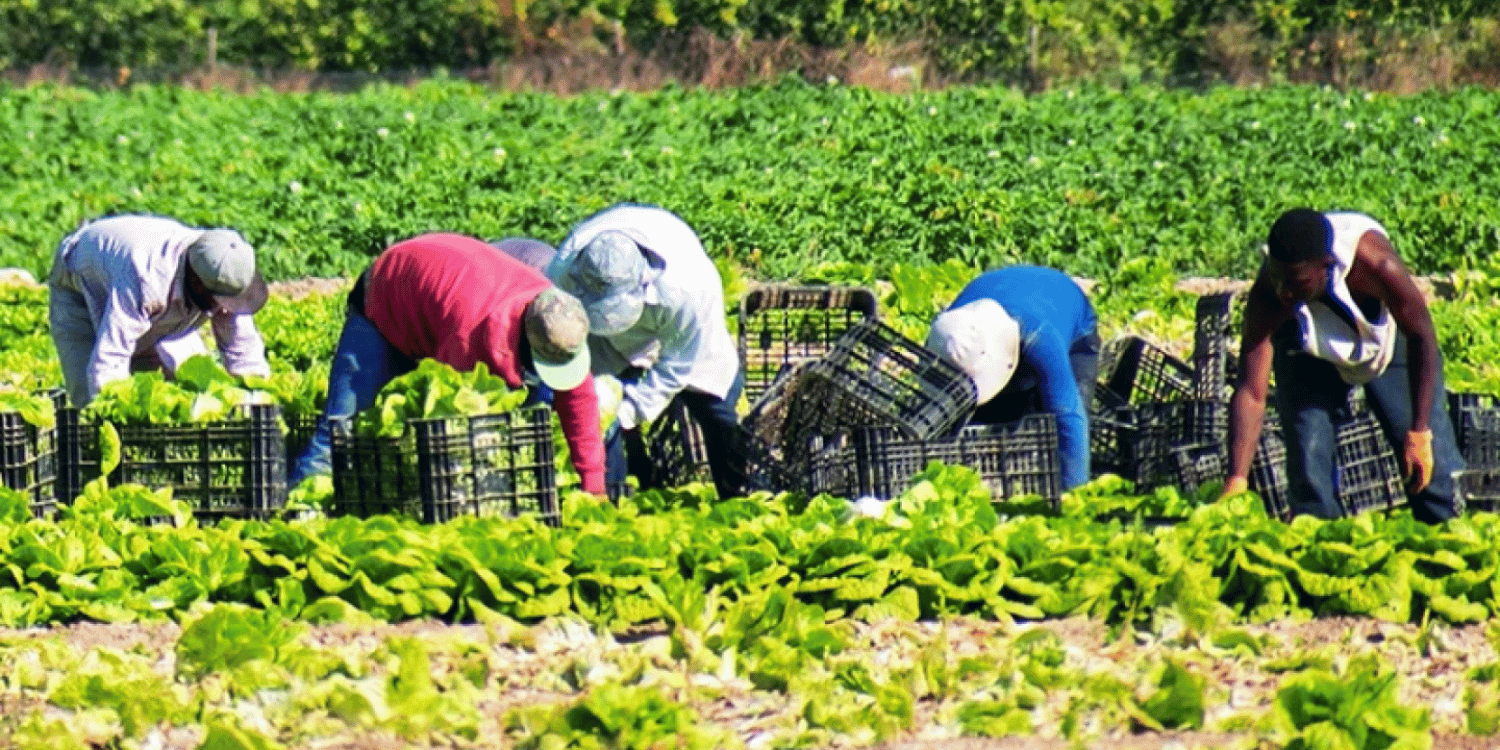According to a comprehensive survey conducted by the Center for Food Demand Analysis and Sustainability (CFDAS) at Purdue University, significant differences have been observed between rural and urban American households in terms of grocery shopping habits and food consumption patterns.
The Consumer Food Insights (CFI) survey, which has been tracking consumer behaviors since January 2022, reveals that urban households tend to spend more on groceries and dining out compared to their rural counterparts. This insight comes from a detailed analysis using Rural-Urban Commuting Area (RUCA) Codes to categorize the geographic locations of respondents’ homes.
The survey, which involves over 1,200 monthly participants from various U.S. locations, highlights that grocery stores and superstores are the primary shopping venues for 82% of consumers. Rural shoppers, however, are more likely to frequent dollar or discount stores. Furthermore, rural residents generally travel directly from work to shop for groceries more often than those in urban areas. When choosing a store, consumers prioritize food selection, fresh produce availability, and price.
Financial Outlays on Food: A Detailed Breakdown
From the financial perspective, the average weekly household expenditure on groceries is approximately $129, while spending on restaurants and carryout averages about $73. This marks a 17% increase in total food spending since April 2022, reflecting the impact of food inflation which has shown signs of stabilization recently. Despite the high inflation rates peaking at 11.3% in August 2022, the current consumer perception of food inflation is somewhat lower at 6.3%.
Food Security and Diet Satisfaction Across Demographics
Food security remains a critical issue, with about 11% of Americans facing difficulties in obtaining sufficient food, a figure that is slightly improved from previous months. Notably, rural households experience a higher rate of food insecurity (22%) compared to urban households (14%). In terms of diet satisfaction, 65% of Americans believe they are thriving, with a higher satisfaction rate reported in urban areas compared to rural ones.
Behavioral Insights
Urban consumers have demonstrated a consistent preference for non-conventional food options, such as organic products, plant-based proteins, cage-free eggs, and wild-caught fish. This trend suggests a growing demand among urban dwellers for foods that are perceived as healthier or more ethically produced. However, the survey data suggests that this preference may be influenced heavily by the greater availability of such products in urban markets rather than a simple preference. In contrast, rural areas, which often lack extensive organic or specialty food markets, see less frequency in the purchasing of these products.
Trust in Food Information Sources
When it comes to trusted sources of information about food, there are no significant differences in trust levels between rural and urban respondents for most entities. However, rural consumers exhibit less trust in mainstream media outlets like CNN, while showing greater trust in organizations like the USDA, which is viewed favorably for its role in safeguarding food and health standards.
Consumer Perceptions on Climate Change and Food System
The impact of climate change on food prices is a concern shared by a majority of Americans; however, perceptions vary significantly between urban and rural populations. Urban Americans are more inclined to believe that agricultural practices contribute significantly to climate change and are more supportive of reducing meat consumption to alleviate environmental impact. These differences highlight the varying levels of exposure to and acceptance of environmental science and education across different geographies.
The data for the CFI survey is gathered through an online panel operated by Dynata over a four-day period each month, ensuring a demographically balanced sample reflective of the U.S. adult population.
The findings from the Consumer Food Insights survey offer crucial insights for policymakers and researchers interested in addressing food access disparities and improving food sustainability practices. The detailed data collection and analysis provide a robust foundation for future research endeavors that could explore deeper into the causes of behavioral differences and develop targeted interventions to enhance food security and sustainability across different American communities.
This detailed examination not only highlights the distinct differences between rural and urban food consumption but also provides a clearer understanding of the broader economic and social factors influencing these patterns, based on data meticulously collected and analyzed by the CFDAS at Purdue University.




















